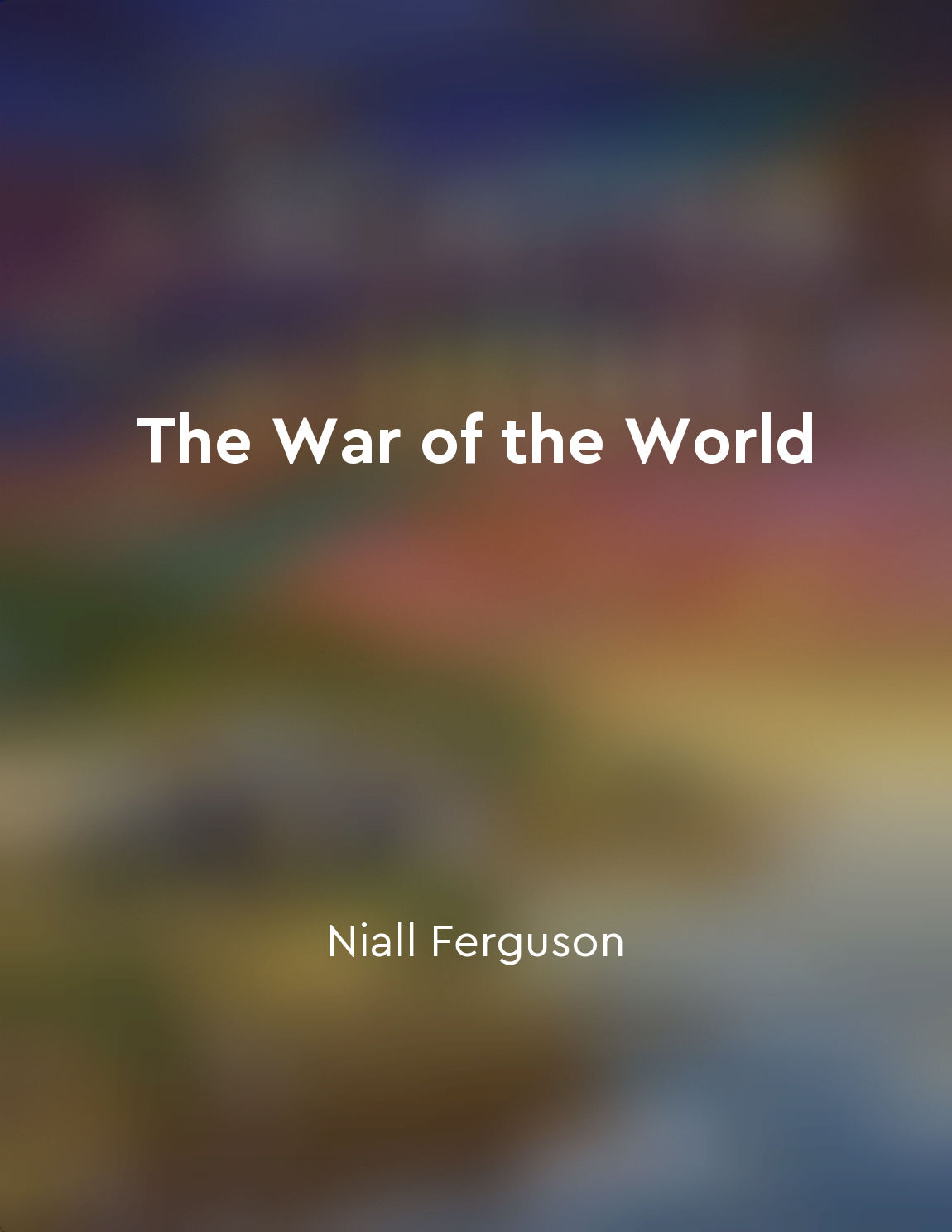World War II was the catalyst for the development of the atomic bomb from "summary" of The Making of the Atomic Bomb by Richard Rhodes
The onset of World War II provided the impetus for a scientific endeavor unprecedented in scale and ambition. The urgent need to secure a decisive advantage over enemy powers drove the United States to mobilize its top scientific minds towards the development of a revolutionary weapon. The Manhattan Project, born out of the exigencies of war, emerged as a massive, clandestine effort to harness the power of the atom for military purposes. The devastating consequences of the war had underscored the need for a new kind of weapon capable of swiftly bringing conflicts to a close. The destructive potential of nuclear fission, demonstrated by the experiments of scientists like Enrico Fermi and Otto Hahn, captured the imagination of military strategists and politicians alike. The prospect of unleashing unimaginable energy through the splitting of atomic nuclei promised a level of destructive power previously unimaginable. The Manhattan Project, under the leadership of physicist J. Robert Oppenheimer, brought together a diverse array of scientists, engineers, and military personnel in a collaborative pursuit of this transformative technology. The project's scope and complexity were staggering, with research facilities spread across the country and thousands of individu...Similar Posts

Economic volatility often leads to conflict
Niall Ferguson argues that throughout history, economic volatility has been a key factor in leading to conflict. When economies...
The Fukushima disaster raised questions about nuclear safety
The Fukushima disaster in 2011 shook the world's confidence in the safety of nuclear power. The triple meltdown at the Fukushim...

Bird and Sherwin challenge readers to reconsider their preconceptions about Oppenheimer and his place in history
In the pages of 'American Prometheus', Oppenheimer emerges as a complex figure, defying easy categorization. Bird and Sherwin p...
